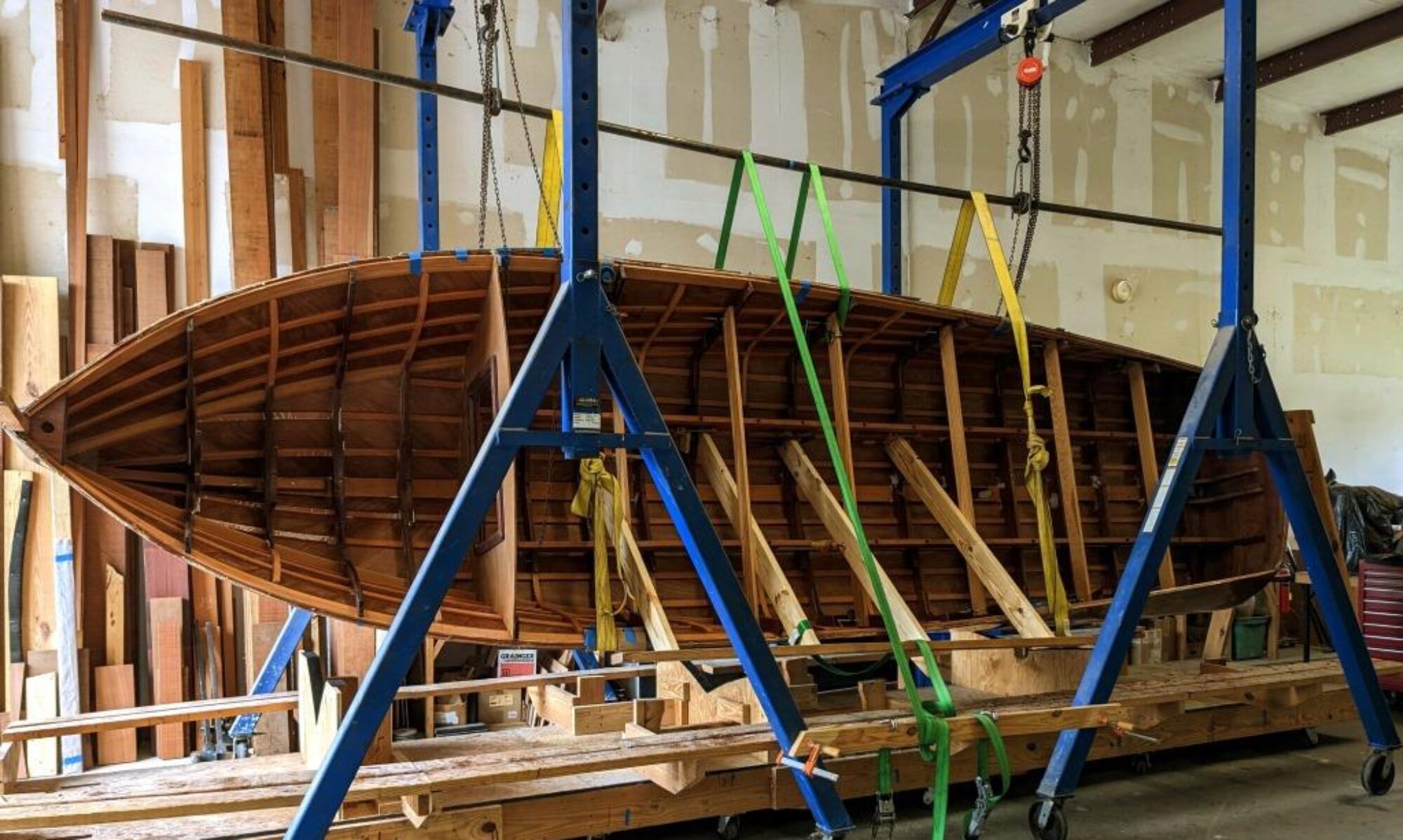
Last time, I talked a little about cutting the flat along the keel so I could put a cap over it to keep from having exposed end grain there. My friend Steve asks, “Well, exactly how did you do that?” (or words to that effect). It did, in fact, take a little bit of doing. So I decided to explain myself a little better in a follow-up post. Continue reading “Cutting the Flat”


